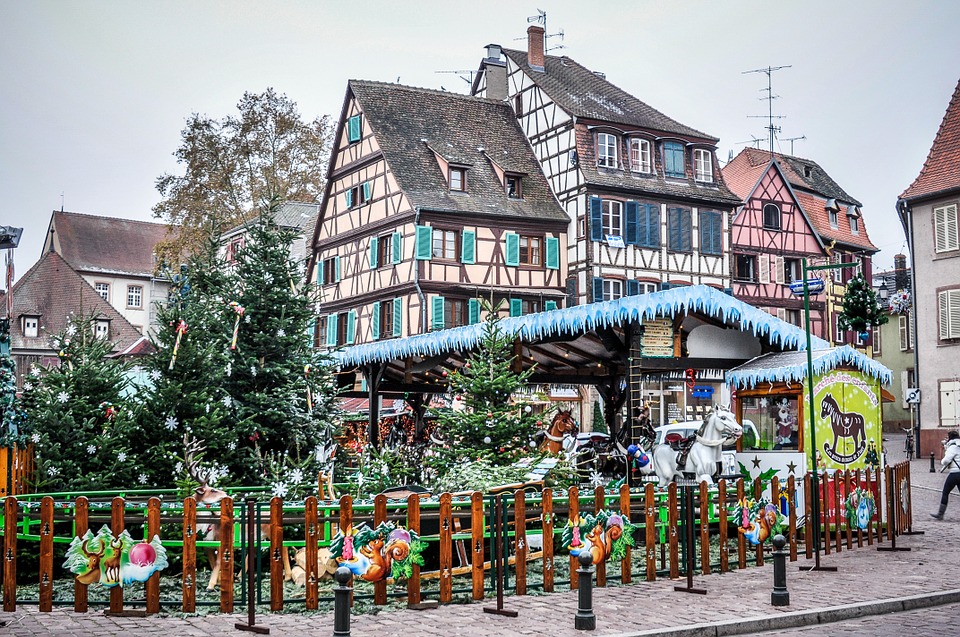Thessaloniki gets ready for its metro launch in November
The underground rapid transit lines have been under construction for almost two decades due to various project delays
 TheMayor.EU logo
TheMayor.EU logo The evergreen fir tree has traditionally been used to celebrate winter festivals for thousands of years
The evergreen fir tree has traditionally been used to celebrate winter festivals for thousands of years. Pagans used branches do decorate their homes during the winter. The Romans used fir trees to decorate their temples at the festival of Saturnalia. Christians use it as a sign of everlasting life with God.

Nobody is really sure when fir trees were first used as Christmas trees. It probably began about 1000 years ago in Northern Europe. Christmas trees, across many parts of northern Europe, were cherry or hawthorn plants that were put into pots and brought inside so they would hopefully flower at Christmas time. Families who couldn't afford a real plant made pyramids of woods and they were decorated to look like a tree with paper, apples and candles. Sometimes they were carried around from house to house, rather than being displayed in a home.
The first documented use of a tree at Christmas and New Year celebrations is argued between the cities of Tallinn in Estonia and Riga in Latvia. Both claim that they had the first trees – Tallinn in 1441 and Riga in 1510. Both trees were put up by the “Brotherhood of Blackheads” which was an association of local unmarried merchants, shop owners, and foreigners in Livonia (now Estonia and Latvia).
Source: whychristmas.com

The underground rapid transit lines have been under construction for almost two decades due to various project delays

Now you can get your wine in Talence by paying directly in Bitcoin

That’s because the state has to spend money on updating the railway infrastructure rather than subsidizing the cost of the popular pass

Rethinking renewable energy sources for the urban landscape

The examples, compiled by Beyond Fossil Fuels, can inform and inspire communities and entrepreneurs that still feel trepidation at the prospect of energy transition

Now you can get your wine in Talence by paying directly in Bitcoin

The 10th European Conference on Sustainable Cities and Towns (ESCT) sets the stage for stronger cooperation between the EU, national and local level to fast track Europe's transition to climate neutrality.

At least, that’s the promise made by the mayor of Paris, Anne Hidalgo

The underground rapid transit lines have been under construction for almost two decades due to various project delays

At least, that’s the promise made by the mayor of Paris, Anne Hidalgo

Hostal de Pinós is located in the geographical centre of the autonomous region

Despite its church-y name, the district has long been known as the hangout spot for the artsy crowds

Urban dwellers across the EU are having a say in making their surroundings friendlier to people and the environment.

Forests in the EU can help green the European construction industry and bolster a continent-wide push for architectural improvements.

Apply by 10 November and do your part for the transformation of European public spaces

An interview with the Mayor of a Polish city that seeks to reinvent itself

An interview with the newly elected ICLEI President and Mayor of Malmö

A conversation with the Mayor of Lisbon about the spirit and dimensions of innovation present in the Portuguese capital














